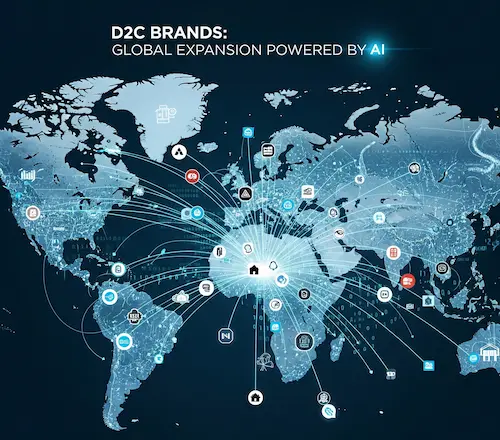Generative engines don’t just find products.
They recommend them.
If your brand isn’t teaching the AI *why* you’re the right choice, you’re already invisible.
When SEO Isn’t Enough Anymore
Let me tell you a quick story.
A friend of mine runs a fantastic direct-to-consumer (D2C) brand selling artisanal coffee beans. For years, she was the queen of SEO. Keywords? Mastered. Backlinks? A robust network. Domain authority? Off the charts. Type “single-origin Ethiopian coffee” into Google, and boom—she was top of the page. Business was good.
Then, about a year ago, something strange happened. Traffic plateaued. Then dipped. Rankings remained solid, but clicks weren’t coming through like before. It felt like the rules of the game had quietly changed.
And they had.
The internet is undergoing its biggest shake-up since social media. For D2C brands with global ambitions, just ranking #1 on Google isn’t enough anymore. The new game is showing up inside AI-generated answers. Welcome to the era of Generative Engine Optimization (GEO). This isn’t just another marketing acronym; it’s the fundamental shift in how your future customers find you.[1] Source 1: Admetrics. "Generative AI Engine Optimization for DTC and E-Commerce." Read More In this guide, we’ll explore what GEO is, why it’s critical for scaling your D2C brand internationally, and a practical roadmap to get started.
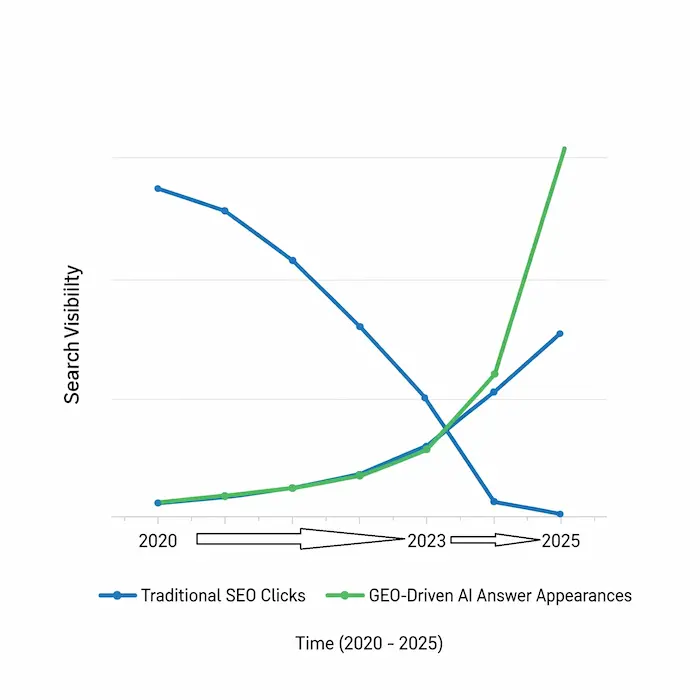
From a List of Links to a Single Answer
A few years ago, searching for “best running shoes for flat feet” returned ten blue links. You clicked a few, read blog posts, compared reviews, and eventually made a decision. Now, AI tools like Google’s Search Generative Experience (SGE) synthesize information from across the web into a neat, conversational answer.[9] Source 9: RTOWN. "The GEO Effect: Boosting Brand Discovery in the Age of AI." Read More Users don’t need to click ten links; they get one trusted answer.
This changes everything. The goal isn’t being #1 anymore—it’s being the trusted source the AI quotes.
| Old SEO Approach | GEO Approach |
|---|---|
| Obsessed over rank (#3 vs #4) | Featured in AI-generated answers |
| Single, standalone blog posts | Modular, AI-friendly content blocks |
| Backlinks as main authority signal | Structured data + contextual relevance |
| Generic content for broad audience | Personalized, location-aware content |
| Focused only on search engines | Optimized for both AI and human users |
“GEO is about optimizing your entire digital presence for comprehension by AI systems. It’s about teaching robots what you’re about, who you serve, and why you’re the best at what you do.”[2] Source 2: Admetrics. "GEO: Generative Engine Optimization." Read More
Takeaway: Being the “voice the AI trusts” is the new competitive edge.
Your GEO Toolkit for Global Domination
Optimizing for GEO isn’t mystical—it’s a toolkit of three core components, especially important for brands expanding internationally.
1. Geographic Intelligence: Stop Selling Winter Coats in Summer
You’d think this is obvious, but many brands mess it up. A US retailer ran a 4th of July sale in the UK. Disaster. GEO uses location-based data to create hyperlocal experiences.
Key aspects of geographic intelligence:
- Know your customer’s culture: AI market analysis shows German consumers care about sustainability[7] Source 7: Passport Global. "eCommerce Expansion: Top 4 Global Markets To Target for US DTC Brands." Read More , while Asia-Pacific shoppers are mobile-first and love early-adopter tech[6] Source 6: Global Insight Services. "D2C (Direct-to-Consumer) Market Report." Read More .
- Adapt to local conditions: Show prices in local currency, feature region-specific products, or even adjust imagery and copy based on weather and culture.
| Region | Market Nuances | AI Insights |
|---|---|---|
| Germany | Sustainability-focused | High engagement with transparent supply chain |
| Japan | Mobile-first, tech-savvy | High conversion via mobile payment methods |
| Canada | Cultural similarity to US | Easy entry with minimal friction |
| Australia | English-speaking, strong economy | Optimal for early expansion |
| Asia-Pacific | Rapid growth, mobile-first | High AI personalization impact |
Takeaway: GEO isn’t just avoiding mistakes—it’s about building trust and connection with customers worldwide.
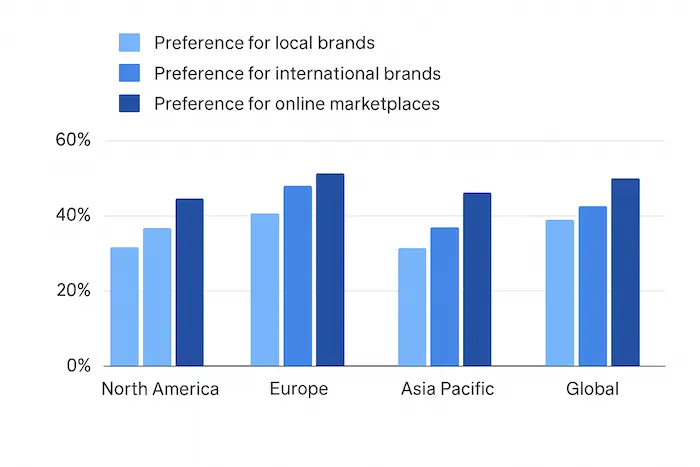
2. AI-Enhanced Content: LEGO Blocks, Not Play-Doh
Most content is created like Play-Doh—big, unstructured blobs. AI struggles to parse this. Instead, modular “LEGO blocks” work best. Each block is structured, labeled, and reusable.
Components of AI-enhanced content:
- Structured Data / Schema Markup: Product schema, FAQ schema, how-to schema—everything AI needs to extract information reliably.
- Modular Content: Reusable FAQs, product comparisons, step-by-step guides. Each block answers a single question.
- Query-Driven Formatting: Headings and lists aligned with user queries.
The results are staggering. By implementing these strategies, the agency DEPT® increased a client’s appearance in AI-generated answers from 33% to 55%, a 65% gain.[4] Source 4: DEPT Agency. "Building the Future of Generative Engine Optimization (GEO)." Read More
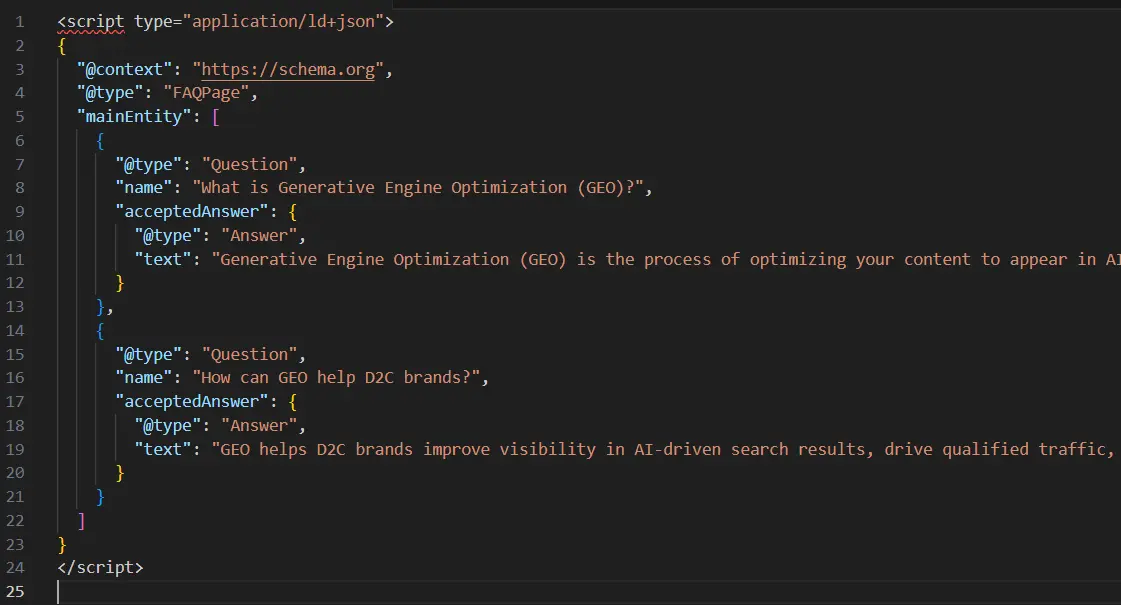
Takeaway: Modular, structured content ensures AI picks your brand as the trusted source.
3. Real-Time Personalization: “Made Just for You” at Scale
Landing on a site with the wrong currency or confusing shipping info? Instant bounce. AI-powered personalization solves this by tailoring experiences in real-time:
- Dynamic pricing based on location and competitor data.
- Localized visuals and messaging.
- Returning visitor recognition to show relevant products.
| Metric | Before AI Personalization | After AI Personalization |
|---|---|---|
| Email Open Rates | 18% | 26% |
| Revenue per Email | $0.87 | $1.14 |
| Conversion Rate | 2.5% | 3.6% |
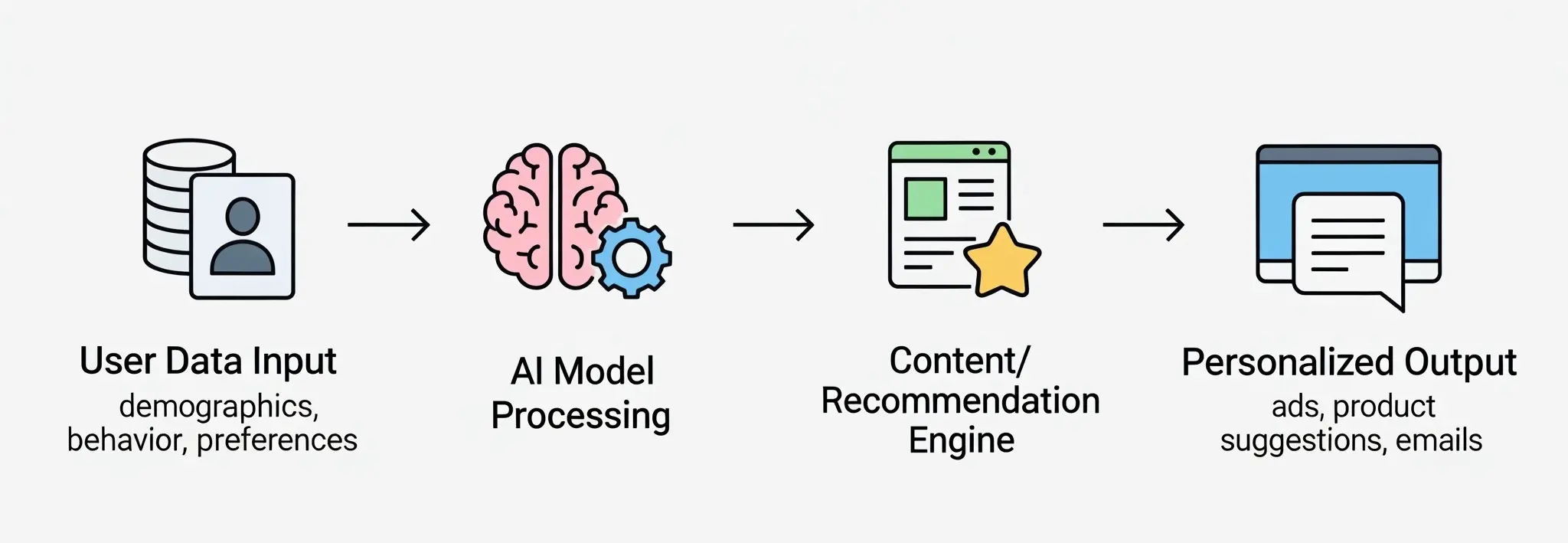
Takeaway: Personalization isn’t creepy; it’s good service, scaled by AI.
Your Roadmap: From Local Hero to Global Powerhouse
Expanding globally used to be expensive and risky. Now, AI + GEO makes it strategic and data-driven.
Step 1: Pick Your Playground – AI-Powered Market Selection
AI can analyze economic indicators, competitors, shipping logistics, and cultural sentiment across dozens of countries.[11] Source 11: XNOVA International. "International Markets Prospecting with AI and Technology." Read More
| Market | Opportunity | Advantage | AI Integration Level |
|---|---|---|---|
| Canada[7] Source 7: Passport Global. "eCommerce Expansion: Top 4 Global Markets To Target for US DTC Brands." Read More | Low-risk | Cultural similarity to US | High |
| UK[7] Source 7: Passport Global. "eCommerce Expansion: Top 4 Global Markets To Target for US DTC Brands." Read More | Mature infrastructure | English-speaking | Very High |
| Germany[7] Source 7: Passport Global. "eCommerce Expansion: Top 4 Global Markets To Target for US DTC Brands." Read More | Sustainability-driven | High-quality demand | High |
| Australia[7] Source 7: Passport Global. "eCommerce Expansion: Top 4 Global Markets To Target for US DTC Brands." Read More | Favorable economy | Minimal language barrier | High |
| Asia-Pacific[6] Source 6: Global Insight Services. "D2C (Direct-to-Consumer) Market Report." Read More | High growth | Mobile-first consumers | Extremely High |
Takeaway: AI reduces months of research to days—helping brands expand strategically.
Step 2: Speak Their Language – AI Localization
Modern AI localization isn’t literal translation. Tools can handle 100+ languages while keeping brand voice and cultural context.[8] Source 8: Phrase. "AI in International Expansion: Localization Efficiency." Read More
Key features:
- Automated content localization for product descriptions, ads, and emails.
- Predictive cultural adaptation to prevent missteps.
- Dynamic pricing & logistics optimized per market.[10] Source 10: ShipStation. "Cross-Border Ecommerce Made Easy." Read More

Takeaway: Localization + AI ensures customers feel like your brand is native, not foreign.
Step 3: Build Your Machine – Technical Foundation
To scale GEO, you need:
- Unified Data Architecture – centralize customer data for smarter personalization.[3] Source 3: Bloomreach. "How to Use Machine Learning to Personalize the Shopping Experience." Read More
- AI-Powered Automation Systems – multi-channel campaigns, real-time tests, and personalization.[5] Source 5: Emarsys. "Scaling Personalization with AI-Driven Marketing." Read More
- Content Strategy for Robots – modular, schema-rich content optimized for text, voice, and visual search.

Takeaway: The right tech stack powers GEO at scale, bridging strategy and automation.
Immediate & Long-Term Actions
| Timeline | Action | Expected Impact |
|---|---|---|
| This Week | GEO audit on top pages. | Quick wins in AI visibility. |
| This Week | Review geographic traffic. | Identify new market opportunities. |
| This Month | Implement one AI personalization tool. | Learn the platform and its impact. |
| 3–6 Months | Invest in AI-first infrastructure (e.g., CDP). | Build scalable, automated GEO capability. |
| Ongoing | Create a data feedback loop. | Drive constant optimization and learning. |
| Ongoing | Build global partnerships.[12] Source 12: GEOS International. "What are the Five Methods for Entering Foreign Markets?" Read More | Ensure smooth international expansion. |
Key Takeaways & Actionable Tips
- GEO is the next frontier: AI trusts modular, structured content over traditional rank obsession.
- Your toolkit is key: Geographic intelligence + AI-enhanced content + real-time personalization.
- Start with strategy: Use AI-powered market research, localization, and content "LEGO blocks."
- Implement for scale: A Unified Data Architecture (CDP) and AI automation are crucial.
- Act now, plan for later: Start with an audit and experiments, then build your long-term infrastructure and partnerships.
GEO for D2C Brands: Your Questions Answered
Here are the essentials you need to know.
What is GEO?
Do I still need traditional SEO?
Which AI tools help with GEO?
How does GEO help global D2C expansion?
Can small brands implement GEO?
Sources & Further Reading
This article was built on the research and insights of industry leaders. Explore their work directly through the links below.
Admetrics
"Generative AI Engine Optimization for DTC and E-Commerce."
Read Source →Bloomreach
"How to Use Machine Learning to Personalize the Shopping Experience."
Read Source →DEPT® Agency
"Building the Future of Generative Engine Optimization (GEO)."
Read Source →Emarsys
"Scaling Personalization with AI-Driven Marketing."
Read Source →Global Insight Services
"D2C (Direct-to-Consumer) Market Report."
Read Source →Passport Global
"eCommerce Expansion: Top 4 Global Markets To Target for US DTC Brands."
Read Source →Phrase
"AI in International Expansion: Localization Efficiency."
Read Source →RTOWN
"The GEO Effect: Boosting Brand Discovery in the Age of AI."
Read Source →ShipStation
"Cross-Border Ecommerce Made Easy."
Read Source →XNOVA International
"International Markets Prospecting with AI and Technology."
Read Source →GEOS International
"What are the Five Methods for Entering Foreign Markets?"
Read Source →Ready to Scale Your D2C Brand Globally?
We can help you build a GEO-powered strategy to win in new markets, increase revenue, and future-proof your brand against the AI revolution.
📈 Get Your Free D2C GEO Audit

